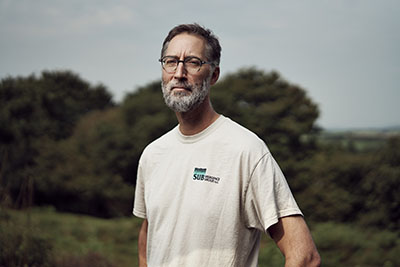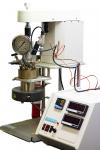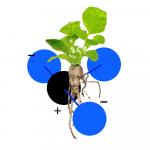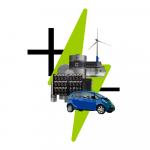Asset gallery
Media assets are free for editorial broadcast, print, and online use. It is restricted for use for other purposes.
-
Download: Hi Res (7.4 MB)
Credit: Tom Barnes for IBM
-
Download: Hi Res (11.1 MB)
This year's IBM "5 in 5" predictions focus on accelerating the discovery of new materials to enable a more sustainable future. In line with the United Nation’s global call-to-action through its Sustainable Development Goals, IBM researchers are working to speed up the discovery of new materials that will address significant worldwide problems. Specifically, we are exploring how technology can be used to reinvent the materials design process to find solutions to such challenges as fostering good health and clean energy as well as bolstering sustainability, climate action and responsible production.
-
Download: Hi Res (592 KB)
In the next five years, we will be able to capture CO2 from the air and transform it from the scourge of the environment into something useful. The goal is to make CO2 capture and reuse efficient enough to scale globally so we can significantly reduce the level of the harmful CO2 in the atmosphere and, ultimately, slow climate change.
-
Download: Hi Res (12.9 MB)
In the next five years, we will be able to capture CO2 more efficiently and transform it into something useful. IBM researchers are working on a sustainable materials development platform for harnessing CO2 as a raw material for monomers and polymers such as plastic. The instrument pictured here is used to synthesize new CO2-based materials designed with a focus towards recyclability that allows for recovery and reuse.
-
Download: Hi Res (542 KB)
In the next five years, we will replicate nature’s ability to convert nitrogen in the atmosphere into nitrate-rich fertilizer, feeding the growing world while reducing the environmental impact of fertilizers. We’ll come up with an innovative solution to enable nitrogen fixation at a sustainable scale and help feed the world’s rapidly growing population.
-
Download: Hi Res (361 KB)
In the next five years, we will discover new materials for safer and more environmentally-preferable batteries capable of supporting a renewable-based energy grid and more sustainable transportation. Many renewable energy sources are intermittent and require storage. The use of AI and quantum computing will result in batteries built with safer and more efficient materials for improved performance.
-
Download: Hi Res (4.8 MB)
A battery evaluation board in the IBM Research-Almaden Battery Lab used to measure the performance of a cobalt- and nickel-free battery developed by IBM researchers. The researchers showed that the battery could have higher power density, lower flammability and much faster charging times than conventional Li-ion batteries.
-
Download: Hi Res (3.1 MB)
A battery tester and cycler in the IBM Research-Almaden Battery Lab, where IBM researchers developed a cobalt- and nickel-free battery that relies on an iodine-based cathode. The researchers showed that the battery could have higher power density, lower flammability and much faster charging times than conventional Li-ion batteries.
-
Download: Hi Res (665 KB)
In the next five years, we will advance materials manufacturing, enabling semiconductor manufacturers to improve the sustainability of their coveted products. Scientists will embrace a new approach to materials design that enables the tech industry to more quickly produce sustainable materials for the production of semiconductors and electronic devices.
-
Download: Hi Res (2.8 MB)
The SUNY Polytechnic Institute Colleges of Nanoscale Science and Engineering’s NanoTech Complex in Albany, NY is an example of where semiconductors are produced and photoresist materials are used. (Photo credit: Dan Corliss)








